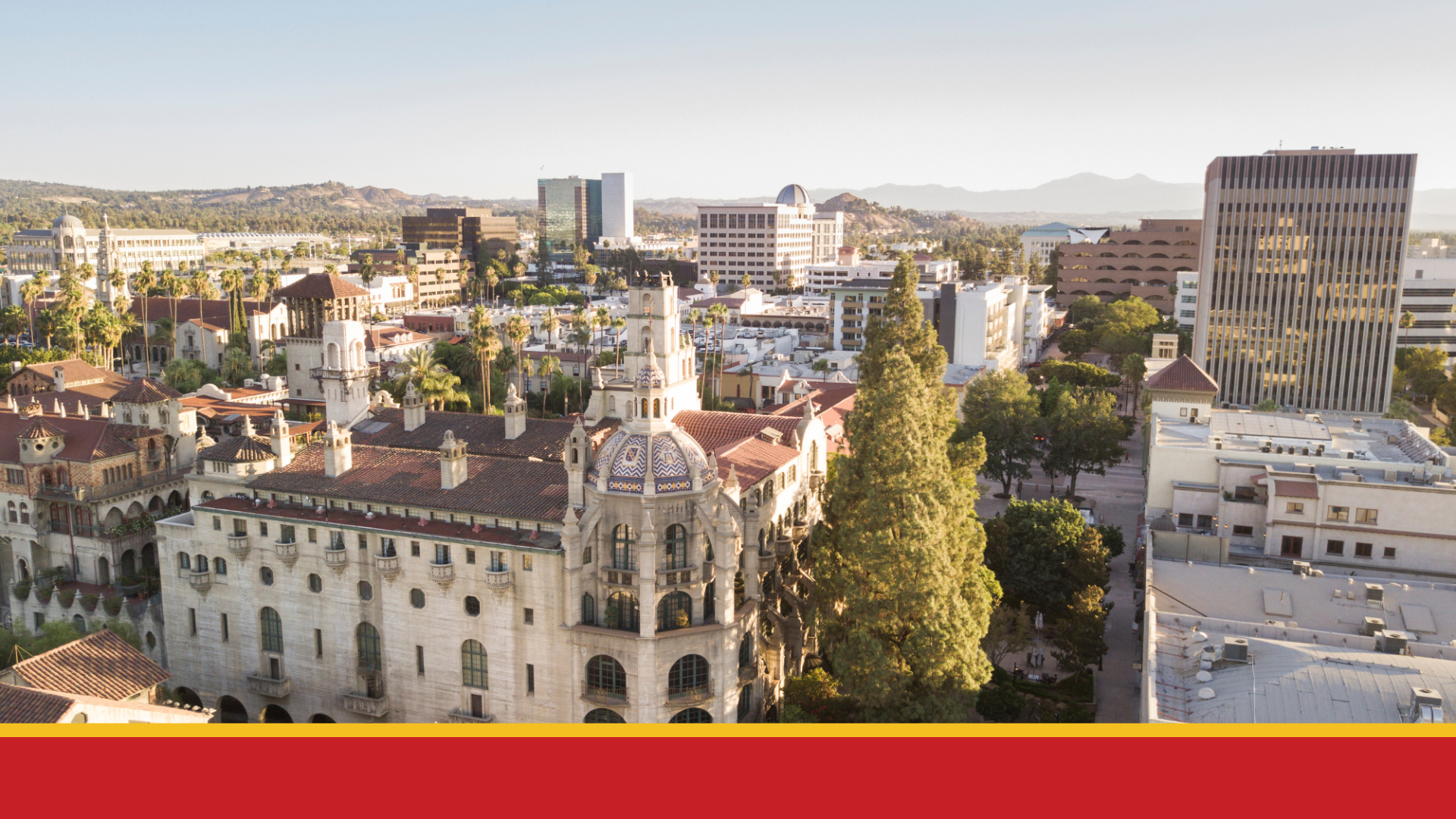 The Riverside-San Bernardino-Ontario Metropolitan Statistical Area (MSA) has been named sixth in the nation for its number of ENERGY STAR certified commercial and multifamily buildings, which highlights the region’s and the City of Riverside’s efforts to cut energy costs while increasing efficiency and reducing emissions.
The Riverside-San Bernardino-Ontario Metropolitan Statistical Area (MSA) has been named sixth in the nation for its number of ENERGY STAR certified commercial and multifamily buildings, which highlights the region’s and the City of Riverside’s efforts to cut energy costs while increasing efficiency and reducing emissions.
The U.S. Environmental Protection Agency (EPA) released it findings on Wednesday, with Riverside’s region trailing only MSAs in Los Angeles, Washington, D.C., Atlanta, San Francisco and New York.
“Riverside is strongly committed to sustainability, and that is evident in these results,” Mayor Patricia Lock Dawson said. “Our City, and our own Riverside Public Utilities, are at the forefront in our region when it comes to helping residents and business owners become more efficient, which helps us reduce greenhouse gas emissions.”
The Riverside-San Bernardino-Ontario Metropolitan Statistical Area (MSA) includes Riverside and San Bernardino counties. The region made the strongest gains among the top cities, rising 12 spots to sixth from last year’s finish of 18th. The Denver MSA also finished in sixth place, a slight improvement from its eighth-place finish last year.
The Los Angeles MSA came in first for the fourth year in a row with 748 ENERGY STAR certified buildings. The Riverside and Denver MSAs each had 230 buildings, of which more than 60 are in the City of Riverside.
Other California MSAs on the list include San Francisco (#4 with 343 buildings); San Diego (#14 with 170 buildings); San Jose (#18 with 110 buildings); and Sacramento (#21 with 88 buildings).
“It is gratifying to see our region recognized for sustainability,” Mayor Pro Tem Clarissa Cervantes said. “These investments are paying dividends already in terms of increased energy efficiency and will be even more important as we continue to fight the effects of climate change.”
Riverside Public Utilities (RPU) has for almost a decade encouraged Riverside’s large and small customers alike to participate in its Energy Efficiency programs. Commercial customers can work with an account manager to implement industry best practices to save energy and help their bottom line. Each program helps support customers achieve ENERGY STAR certification.
These programs include help with implementing energy efficiency tools and techniques for smaller business customers; a refrigerated load program to support commercial customers who are more dependent on refrigeration for their business; and an outdoor lighting program that helps commercial customers replace energy intensive parking lot lighting with modern, high-efficiency LED lighting.
ENERGY STAR certified buildings use an average of 35% less energy and are responsible for 35% less carbon dioxide emissions than typical buildings. That’s important because commercial buildings are responsible for 16% of the nation’s greenhouse gas emissions and spend more than $190 billion per year on energy. In many cities, buildings are the largest contributor of emissions — responsible for 30% to more than 70% of a city’s total emissions.
Across the country, more than 7,000 commercial buildings earned the EPA’s ENERGY STAR last year. Overall, nearly 41,000 buildings across America have earned that certification, saving $5.4 billion on energy bills, and preventing more than 22 million metric tons of greenhouse gas emissions. Since 1992, ENERGY STAR and its partners helped American families and businesses avoid more than $500 billion in energy costs and achieve 4 billion metric tons of greenhouse gas reductions.
“In many cities, a majority of greenhouse gas emissions results from the energy used by buildings,” said EPA Administrator Michael S. Regan. “I applaud this year’s top cities, as well as the owners and managers of each ENERGY STAR certified building in them, for taking real action to reduce greenhouse gas emissions and help America address the climate crisis.”





